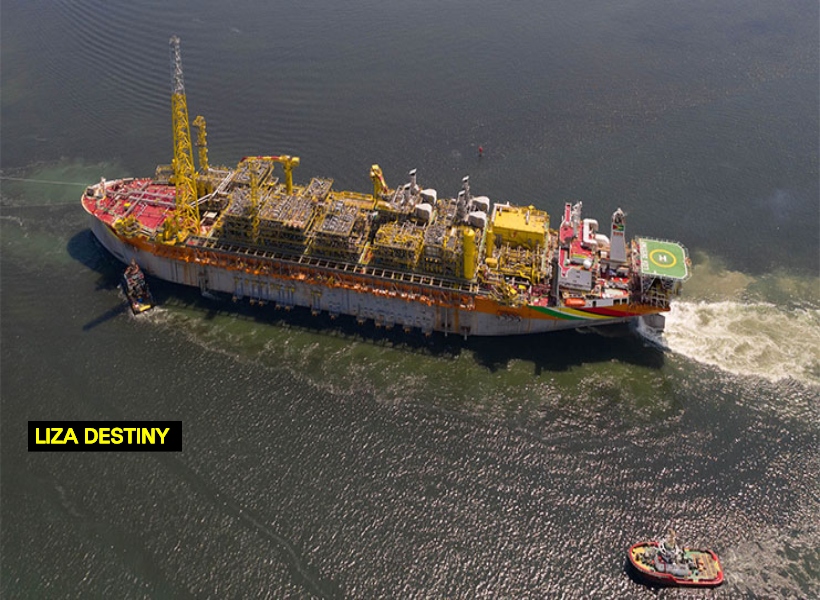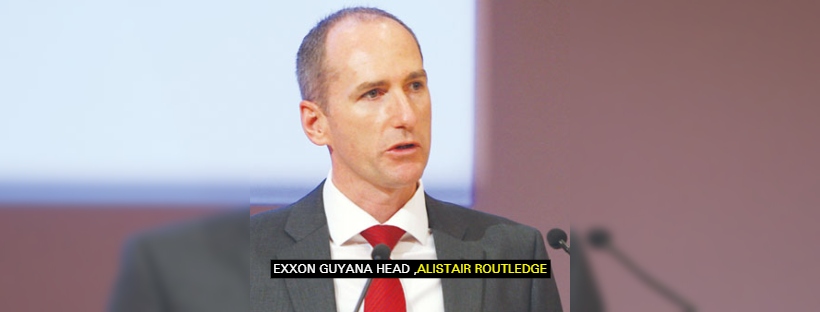Despite having a record of devastating environmental mishaps in various parts of the world, many of which have led to multi-billion dollar fines and adverse effects that are still felt decades later, ExxonMobil Guyana’s Chief Executive Officer (CEO), Alistair Routledge, sought to assure citizens today that his company has the wherewithal to handle any disaster that results from its offshore operations.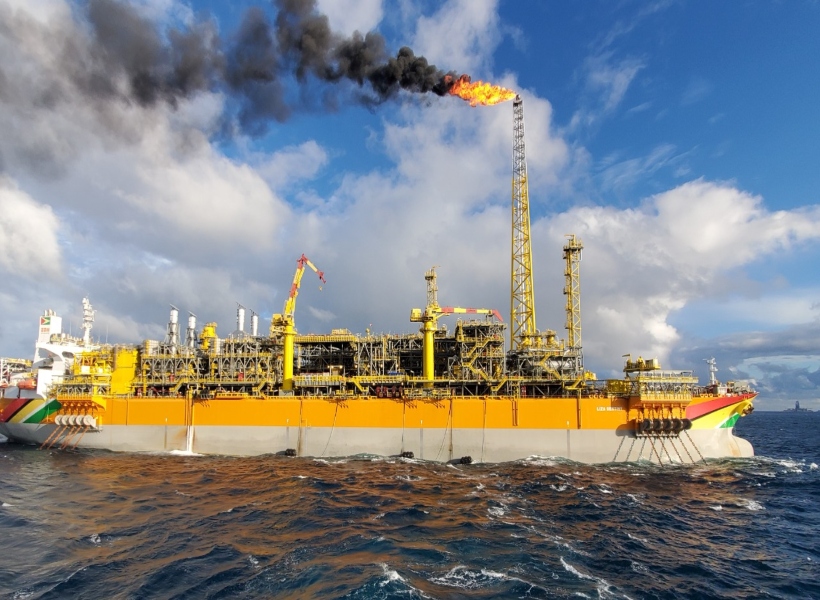
Routledge said he thought it necessary to set the record straight on this matter given the wave of misinformation in the media about ExxonMobil Guyana’s financial might and the US$2B insurance package being provided to Guyana for its projects.
The President of Esso Exploration and Production Guyana Limited (EEPGL) stated that insurance is just one source of financial assurance that could be leveraged for response activities. Routledge said, “The value of insurance will not limit the company’s ability to respond to an event, and response activities would certainly not be delayed by discussions with insurers. We have the financial capacity to meet our responsibilities for an adverse event and we are committed to paying all legitimate costs in the unlikely event of an oil spill.”
He said too that EEPGL, the Operator of the Stabroek block, was established in 1998, and had, as of year-end 2020, almost $US5.0Bn in assets, which is a primary form of financial assurance. He pointed out that this is separate from the assets of the other Stabroek block co-venturers who also have substantial assets and share any liability for response activities.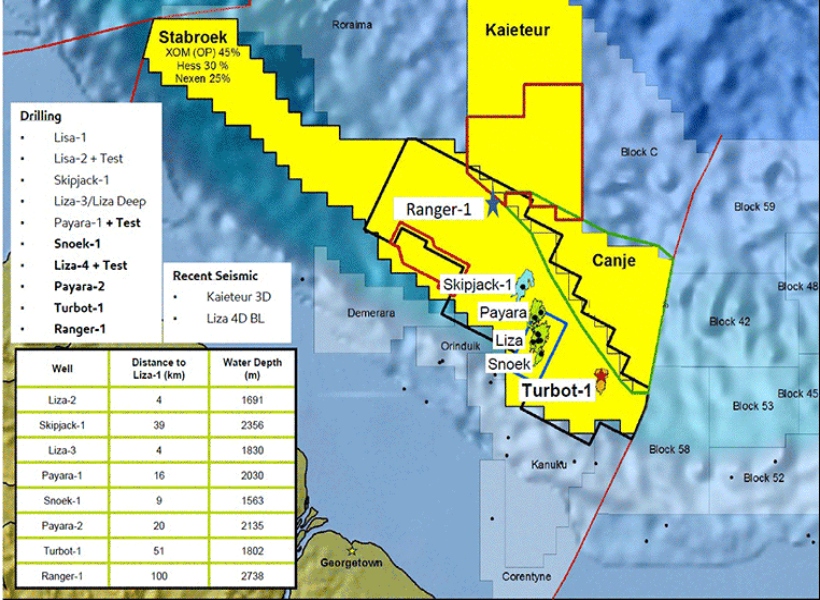
In addition, Routledge said EEPGL is working with the Environmental Protection Agency and its co-venturers, Hess Corporation and CNOOC, to put in place a combined $US2.Bn of affiliate company guarantees. He highlighted that this value exceeds equivalent guarantees required by regulators in Canada, the United States and United Kingdom.
On this note, Routledge said, “…We are dedicated to avoiding any spill, but should one occur we are prepared to mitigate and resolve it as quickly and comprehensively as possible.”
He was keen to note that ExxonMobil Corporation maintains the industry’s only sustained, dedicated and in-house oil-spill response research programme, which dates back to the 1970s.
In Guyana, Routledge outlined that the company adheres to an internationally accepted, tiered response system used to determine the requirements of response personnel and equipment. He explained that this system remains aligned with the principles of the International Convention on Oil Pollution Preparedness, Response and Cooperation (OPRC), the Caribbean Island Oil Pollution Preparedness Response and Cooperation (OPRC), and the National Oil Spill Response Plan of Guyana to provide an efficient framework to build preparedness and response capabilities matching the oil spill risks from all types of operations.
Over the years, industry stakeholders such as former head of the Environmental Protection Agency (EPA), Dr. Vincent Adams have called for EEPGL’s parent company, ExxonMobil Corporation, to formally agree that it would handle costs that are above and beyond what cannot be handled by its limited liability company. He had prefaced his contention on the fact that the tragic Valdez oil spill cleanup costs had totaled over US$7B.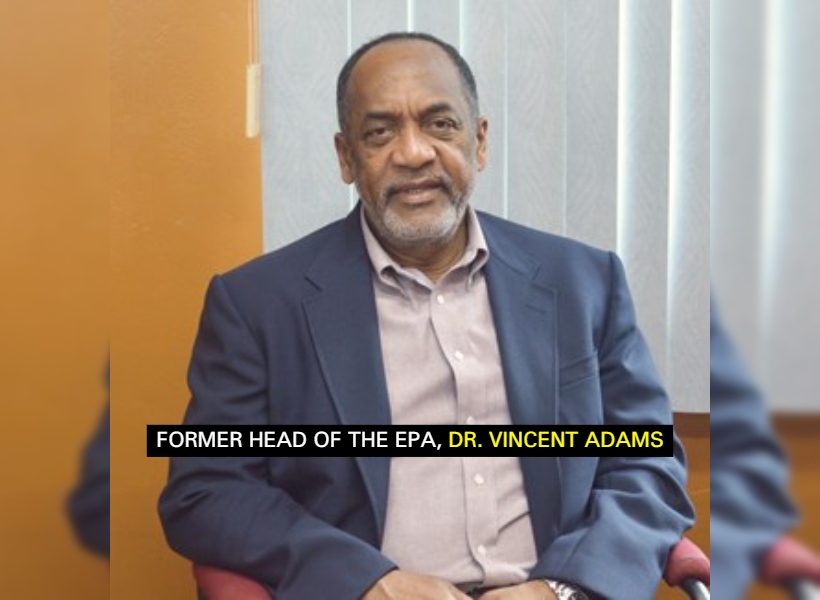
Guyana Standard’s research also noted that while the Valdez incident occurred since March 24, 1989 in Alaska, ExxonMobil continued to leave a trail of environmental mess at many of its multimillion-dollar operations over the years.
From 2000 to 2021, ExxonMobil recorded 383 incidents of oil spills and was slapped with some of the largest fines recorded for the industry. In fact, it is listed as one of the most fined companies for oil spills and other environmental incidents, some of which totaled over US$200M. (https://www.offshore-technology.com/features/most-fined-us-oil-gas-companies-bp-occidental-exxonmobil-deepwater-horizon-kerr-mecgee/)
Within these shores, the company’s operations have failed to secure the full confidence of many observers given the mechanical issues it is yet to fix for the Liza Destiny FPSO. To date, EEPGL has flared over 14 billion standard cubic feet of gas. That astronomical figure it set to increase as the company has given another promise to have the matter addressed once and for all by mid-2022.